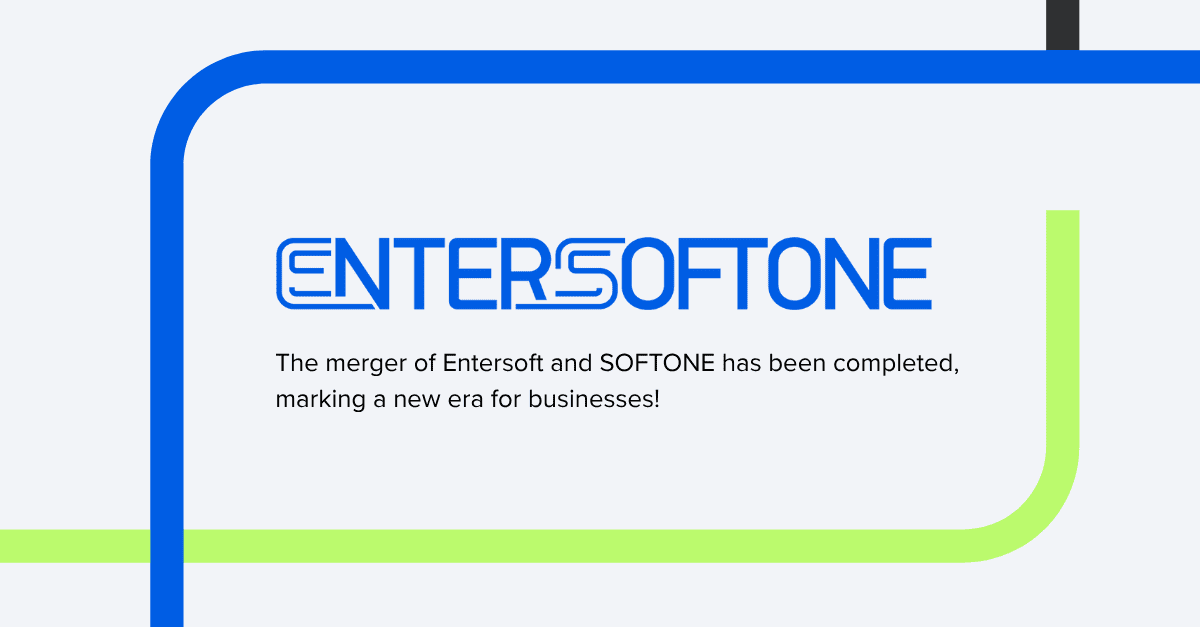Share
Read also

News & Events
ENTERSOFTONE: The merger of Entersoft and SOFTONE has been completed, creating the largest provider of business software products and services in Greece and Southeast Europe.

Mobility
Outlook for the BYOD and EM market from 2025 to 2035

Cloud
The Cloud CRM market will see impressive growth by 2033

Mobility
Key trends in Sales Force Automation
Many businesses do not have the right policies or necessary tools for the implementation of successful enterprise mobility strategies. But there is no reason to worry, as you can fill any strategy gaps by following our advice.
Organizational planning and policies
For IT administrators, it is important to know what their priorities and goals are. This also applies to enterprise mobility strategies, for obvious reasons. The core policies for which an agreement with the IT must have been reached, include the following: security policies, acceptable use policy, BYOD & license agreement policy for end users.
In addition, policies should promote the organizational goals in their entirety, without putting an unnecessary burden on users. And, of course, any such policies should align with the standing regulations. The right policies will strengthen mutual understanding across the business regarding all mobility strategies, and, as a result, unnecessary operational costs, security issues and unexpected general expenses will be avoided in the long run.
Ease of use and flexibility for end users
End users are not IT experts and require simple and reliable tools to do their job. That means that mobility features should be easy-to-use and offer the appropriate support, training, enablement, automation, and control along with proper management and transparency. Tasks like updates and data backups should not be visible on the corporate network and to the end users, as they relate solely to the competent department.
Multiple devices choice
It is of vital importance to the IT department to limit the acceptable and supported options of devices and mobile OS combination, as the legacy combinations give way to newer, more secure, manageable and functional products. After all, all mobile devices are retired at some point, so limiting the device options for users will significantly reduce risks and expenses for everybody in the business.
Backup plan in place
Each time an enterprise mobility strategy is to be implemented, administrators must have already considered what may go wrong and set up a plan to deal with even the most adverse scenarios. In particular, the IT department must have in place solutions for lost or stolen devices, downtime, compromised access credentials and many other common issues. These solutions must be written down and ready to use when the need arises.
Using the right tools
Enterprise mobility management is now the preferred method used by IT managers to control mobile devices, information and overall mobile operations. Ensuring that all devices are properly configured is a key priority for IT managers, who can then easily and reliably implement enhanced security protocols. Also, cloud-based tools can reduce the burden of management and provide on-demand expandability.







